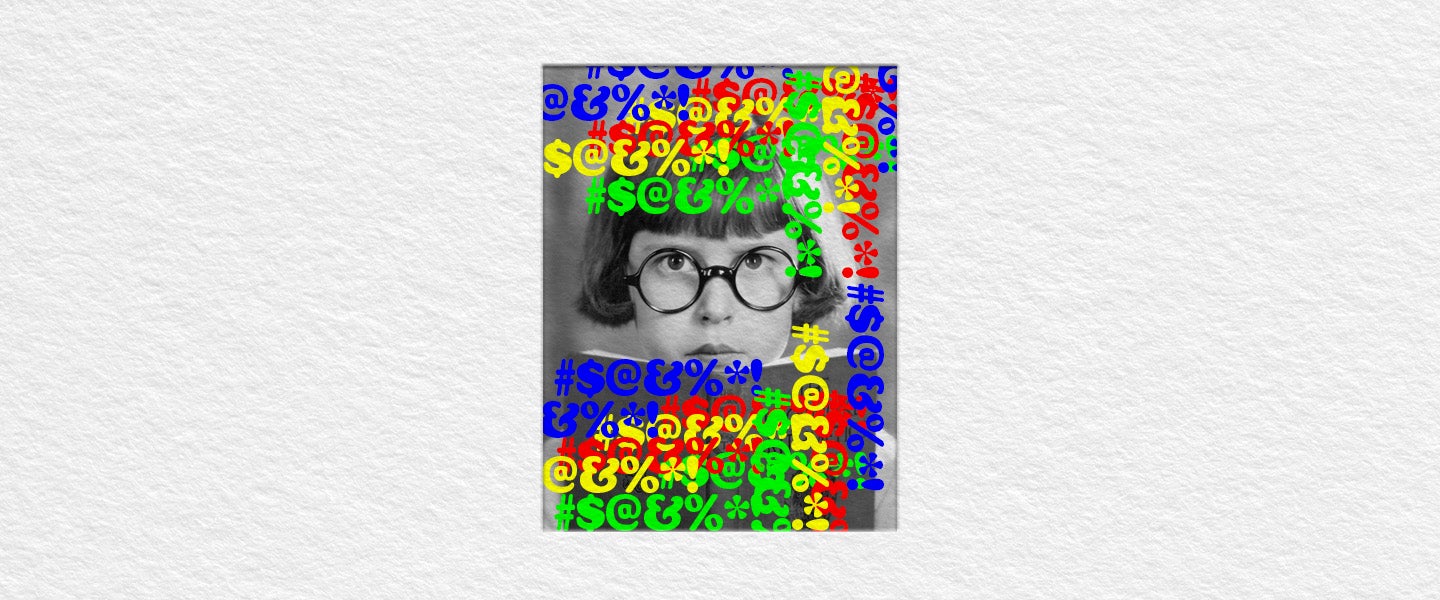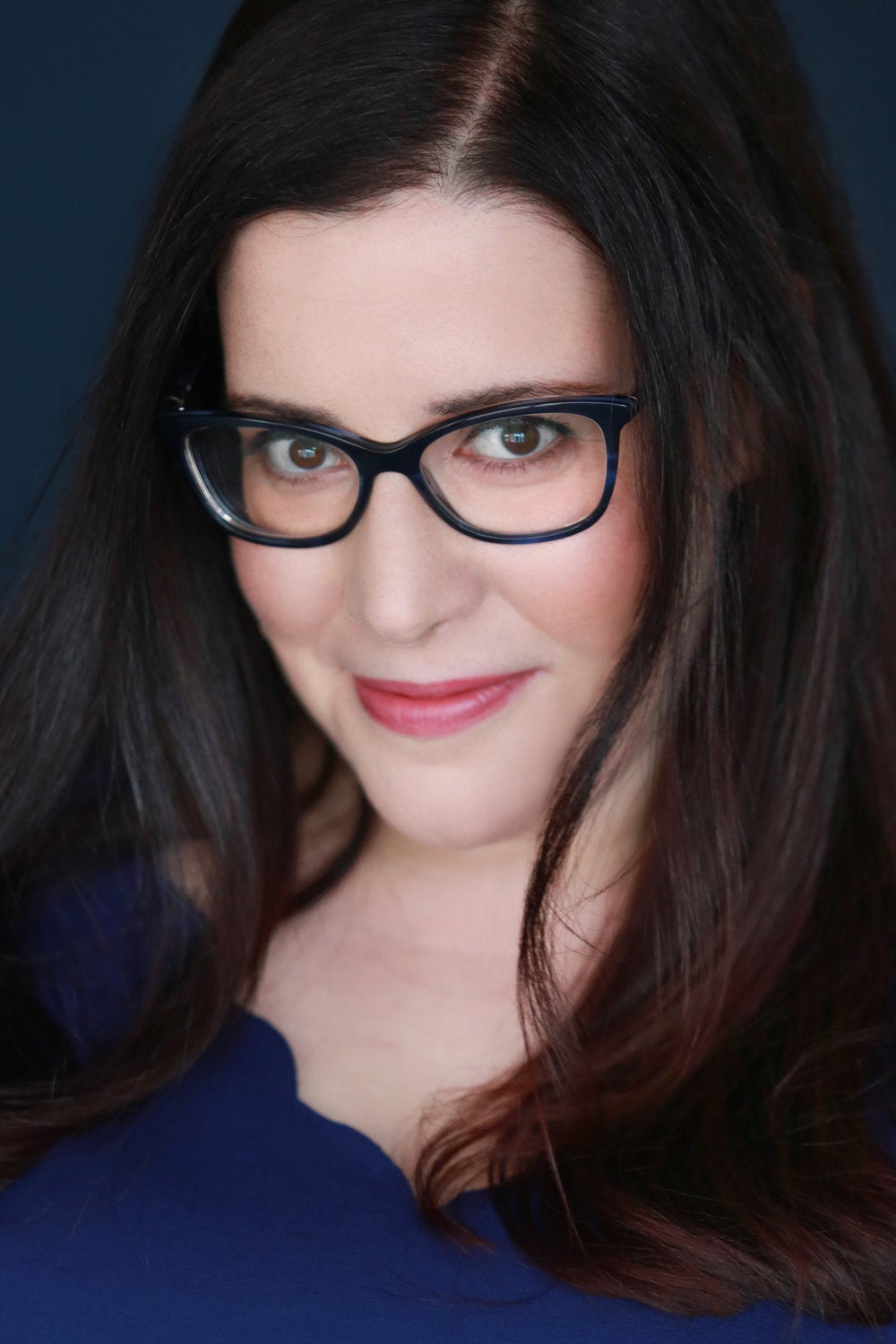If you’ve wandered a bookstore’s aisles recently, you’ve likely noticed that curse words are fucking everywhere on modern book covers. While not an entirely new phenomenon (see OG children’s parody book Go the F**k to Sleep, along with Justin Halpern’s 2010 Sh*t My Dad Says and Kevin Smith’s 2012 memoir Tough Sh*t), the last few years have seen an influx of tomes with titles like Mark Manson’s five-million-copy hit The Subtle Art of Not Giving a F*ck; Gary John Bishop’s New York Times bestseller Unf*ck Yourself; John Kim’s I Used to Be a Miserable F*ck; Norm Laviolette’s The Art of Making Sh!t Up; Andrea Owen’s How to Stop Feeling Like Sh*t; and this past week’s The Hidden Power of F*cking Up by The Try Guys.
These books are big business, spawning 2019 sequels like Manson’s Everything Is F*cked (which even keeps its profanity in translation); Bishop’s Stop Doing That Sh*t; and Sarah Knight’s whole series, No F*cks Given Guides, which include her debut, a play on decluttering guru Marie Kondo, The Life-Changing Magic of Not Giving a F*ck, as well as Get Your Sh*t Together, Calm the F*ck Down and the forthcoming F*ck No! According to the series’ website, Knight’s books have sold more than 2 million copies (one, You Do You, does have a curse-free title).
While a large portion of these tomes live within the self-help section, curse-word titles span the shelves from parenting (How to Stop Losing Your Sh*t With Your Kids), to celebrity memoir (Retta’s So Close to Being the Sh*t, Y’all Don’t Even Know), to save-the-environment pleas (F**k Plastic). And there’s more on the way, like comedian Judy Gold’s Yes I Can Say That: And F*ck U If U Can’t Take a Joke, Chloé Hilliard’s essay collection F*ck Your Diet: And Other Things My Thighs Tell Me and Oonagh Duncan’s anti-diet book Healthy as F*ck.
So what’s with the new(ish) penchant for literary potty mouths — and why are readers so eager to snap them up?
For one thing, they’re attention-getting, in part because the industry standard is to use a cutesy disguise so as not to display a full F bomb or S word on a cover, with only rare exceptions made, such as David Graeber’s Bullshit Jobs. Instead, we get the lighting bolt standing in for the “i” in James Fell’s The Holy Sh!t Moment, or ink splatter on Manson’s The Subtle Art of Not Giving a F*ck.
According to Cheryl McKeon, manager of a Book Passage location in San Francisco, the F word “catches people’s eye, and it’s not unusual to see two shoppers pointing to a title and chuckling.” The store’s staff have seen an uptick in curse titles over the last three years, and currently stock 11 of them. McKeon says that when The Subtle Art… was first released, “Most people asked for it by showing us the cover on a cell phone. They wanted the book, but they were shy about saying the title.” Now, in response to sales, they keep it face out. “We’re in San Francisco and we’re not a neighborhood book store, so we aren’t likely to offend our basically liberal, open-minded customers. At least we’ve never had complaints,” she notes.
Sarah Knight’s editor, Michael Szczerban, VP, Editorial Director at Little, Brown and Company, tells me, “Publishers and authors are trying to find ways to cut through the noise and reach people. This seems to be one way that some books can do that, and when that happens, other people try to follow in those footsteps.” He adds, “Since the media and retail worlds can be prudish environments, it’s harder to put Knight on TV, and there are some retailers that don’t want to carry a book because of its title. But the upside more than wins out.”
Per literary agent Laura Yorke of Carol Mann Agency, who represents John Kim, there’s a generational divide driving these books’ success, too. “For older readers [these titles] will still be a turn-off, and so, we’re talking about books meant for thirtysomethings and younger generations in most cases.” McKeon backs this up by telling me that a May event for Manson’s Everything Is F*cked drew 150 people, or five times the store’s usual turnout. “The demographic was more male than usual, and primarily millennials.”
“Fuck can be such a serious word at times, or at least it elevates the significance of the item in a rapid sense,” Gary John Bishop explains. “There’s a marked difference between ‘it’s cold’ and ‘it’s fucking cold,’ for instance. This book is about your real life. The title had to reflect the significance. I used Unf*ck Yourself, which, if you buy it, infers that such a thing is possible. It also implies that you, the reader, fucked yourself in the first place, all of which feeds into the notion of personal responsibility, which you’ll need in spades to turn your life around. I say it a lot, too.”
Fell tells me that his eventual title wasn’t his first or second choice: “Swearing in the title wasn’t intentional. I love to swear in my blog writing, but this wasn’t a gimmick or taking advantage of a trend. Two weeks out from pitching, we still didn’t have a title. My agent told me to come up with 10 ideas. The Holy Sh!t Moment was way down the list. He’s the one who picked it, but I was reluctant. I actually said, ‘Really? That one?’ But he was right. The publishers loved it, and so did everyone else. It took time for me to warm up to it, but the reality is that my book is about the science of the life-changing epiphany that’s commonly referred to as having ‘a holy shit moment.’ It’s an appropriate title.”
How closely related to the tone of the books are these titles? It varies. According to a search of the Kindle editions, Manson’s The Subtle Art of Not Giving a F*ck contains 176 uses of the word “fuck,” though a handful are from the excerpt of his follow-up (“shit” makes 31 appearances). Manson’s usage ranges from variations on the title to “fuck it” to “fucked-up values,” all in pursuit of his core message, which boils down to: “There’s no such thing as not giving a fuck. You must give a fuck about something.” The rest of his words help readers make that distinction. By contrast, Bishop only uses seven F-bombs in Unf*ck Yourself, and 12 instances of “shit.”
Surprisingly — to me at least — curse titles aren’t primarily aimed at men. Fell tells me his book was written with a gender-neutral tone, and his blog readers and Facebook followers are 70 percent women. “I swear like a trucker on my blog, and lots of women seem to love that,” he says. Bishop’s and Manson’s work also skews toward general self-help territory, without emphasizing a specific gender. Knight’s books aren’t gender specific, either, according to Szczerban, and have resonated with male and female readers. “We’re just trying to talk about the world in a real way, entertain readers and give them something they can take into the rest of their lives,” he explains. “It’s a no-bullshit approach, and as a man myself, that sure resonates with me.”
Kim’s I Used to Be a Miserable F*ck: An Everyman’s Guide to a Meaningful Life is obviously an outlier in this regard, as it’s aimed specifically at straight guys. In it, he offers his perspective post-divorce on how to succeed in relationships (say you were wrong, don’t pee in the shower, etc.), health, career and style. Kim, known online as The Angry Therapist, is no stranger to provocative profanity. He gained a following for his Tumblr blog, the first post of which was called “My Fucking Feelings.” His book title was coined by his editor, but he backs up its promise by using “fuck” 53 times, and “shit” 67.
The best guest of Carson Moss, buyer/manager at New York’s Strand Book Store, as to why self-help is getting profane is that people like feeling transgressive, and this trend, rather than somber, serious titles, facilitates that. “It allows people to approach a genre they may normally not associate themselves with, such as craft books or self-help, at a slightly cynical remove,” he reasons.
Whatever the origins of the profane title trend, for now, expect to see lots more cussing across bookstore aisles — even if it’s all the non-fucks and non-shits on the inside that truly matter. After all, as Szczerban notes, “While dropping an F-bomb on the cover might get someone to pick up the book, it’s what is in between the covers that makes someone recommend it to their friends.”

